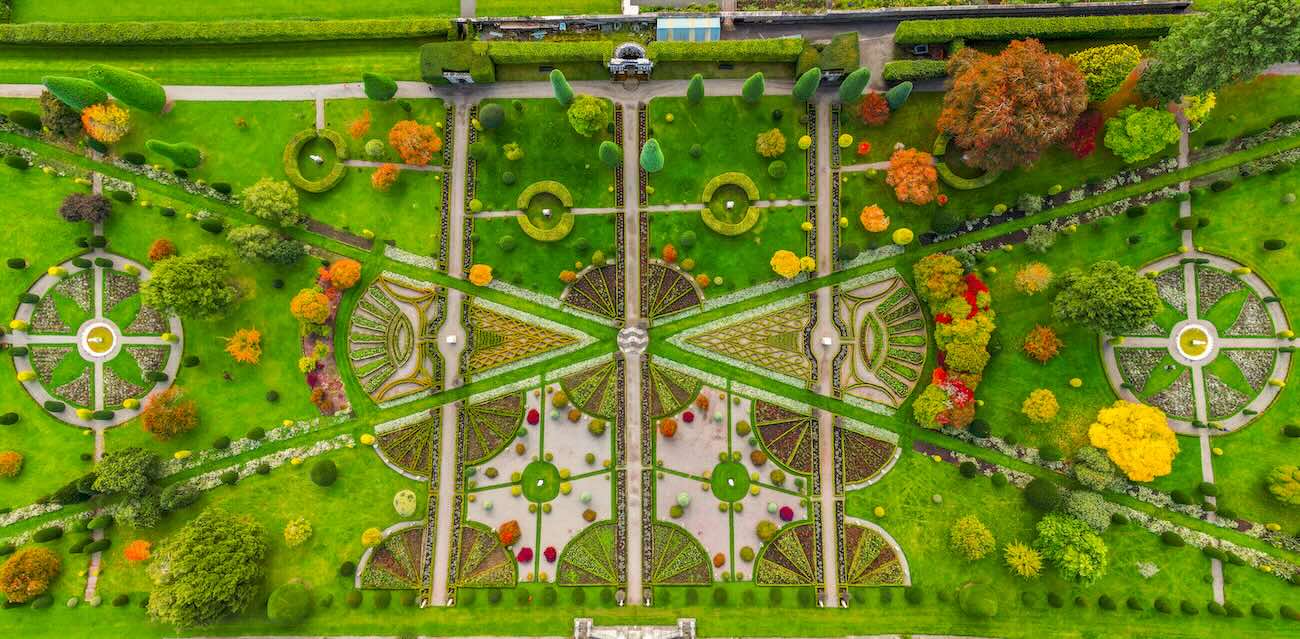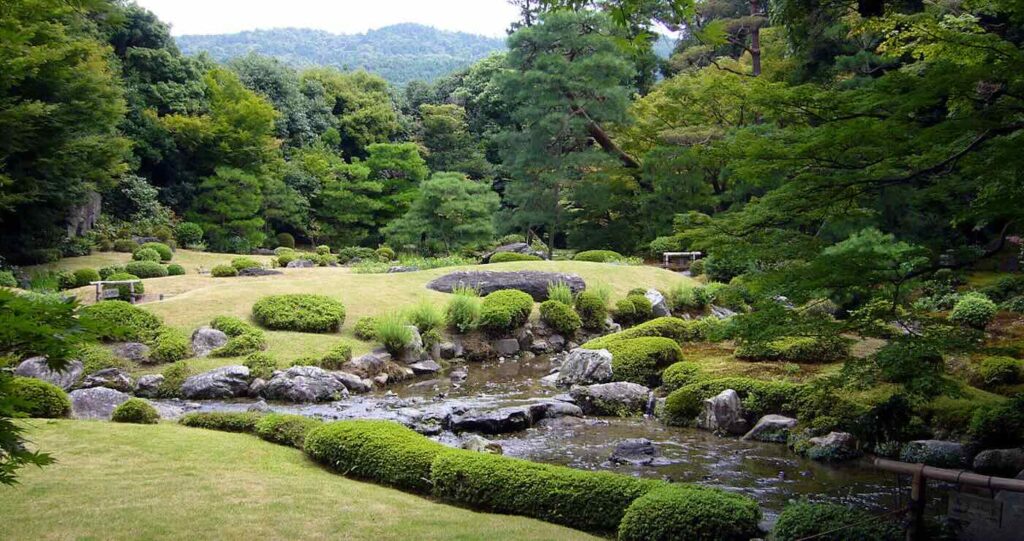Smile
Discover the Secret to Instant Relaxation in Japanese Gardens

Quick Smiles:
- Well-designed gardens can instantly relax viewers by encouraging a wandering gaze.
- Research suggests that rapid gaze shifts in gardens correlate with reduced stress and improved mood.
- Japanese gardens, like Murin-an, are crafted to engage viewers through detailed and abstract scenery.
Recent studies highlight the calming influence of well-designed gardens, emphasizing how they prompt a unique way of viewing that leads to relaxation.
According to scientists, these green spaces cause our gaze to shift more rapidly and frequently, potentially offering therapeutic benefits for those with neurodegenerative conditions.
An international team of researchers believes they have uncovered “the key” to why gardens have such a soothing effect, noting that these spaces are crafted to allow the viewer’s gaze to wander freely.
To explore this phenomenon, the team conducted a study at the Murin-an garden in Kyoto, Japan, comparing it to a less meticulously maintained garden.
“Well-designed Japanese gardens have evocative and abstract sceneries designed in great detail,” explained Professor Seiko Goto, an author of the study.
“These sceneries encourage the viewer to observe longer to understand the composition and meaning of the scenery, while the gaze wanders more and faster.”
Professor Karl Herrup, a neurobiologist, shared that they found a link between quick gaze shifts and a reduction in heart rate, alongside an improved mood, which might also aid meditation.
“The reduction in stress experienced by viewers of a well-crafted Japanese garden is largely due to the design features that lead the viewer to engage in frequent, rapid horizontal shifts in gaze,” he stated.
During a maintenance day in 2023, researchers accessed the Murin-an garden without disturbance, and similarly, the Kyoto University garden was unoccupied during their experiments.
Sixteen students observed both gardens for seven minutes, with researchers tracking eye movements, heart rates, and mood changes before and after the garden visits.
In the Murin-an garden, viewers’ fixation points were more dispersed, spanning the entire field of view, unlike in the university garden.
Prof. Goto, from Nagasaki University, emphasized the importance of both design and maintenance quality: “To induce such close attention of the viewer, not only quality of design but also quality of the maintenance is important. Viewers’ gaze keeps moving to seek more fascination on the well-pruned trees and speckless ground.”
All participants reported feeling more relaxed and expressed a desire to revisit the Murin-an garden, which they preferred over the university garden.
The study suggests parallels with other therapies that use eye movement to alleviate stress.
The arrangement of design elements is “crucial.” Although both gardens featured water, stones, trees, and a bridge, the Murin-an garden guided the viewer’s gaze through horizontally arranged elements, unlike the centrally focused university garden.
“The Murin-an garden was designed as a viewing garden that should be appreciated from a specific vantage point relative to the design elements,” said Prof. Herrup.

“It is this attention to detail that coaxes the eyes into the patterns that relieve stress.”
Prof. Goto sees potential therapeutic applications for people with neurodegenerative diseases, suggesting such gardens could serve as therapy outside hospitals, senior homes, or women’s shelters.
“I think it would be good if Japanese gardens are built not just as a luxury but as a means of mental care in our aging society,” she concluded.

-

 Cute Animals2 years ago
Cute Animals2 years agoPuppy Love Patrol: Service Dog Swoons Over K9 Officer Neighbor
-

 Cute Animals2 years ago
Cute Animals2 years agoHugs, Hooves, and Happiness: Newborn Donkey Steals Hearts by Demanding Affection [Video]
-

 Cute Animals2 years ago
Cute Animals2 years agoWATCH: A German Shepherd’s Surprising Parenting Instinct for Lost Ducklings!
-

 Cute Animals2 years ago
Cute Animals2 years agoPetty Pup Pulls Off Hilarious Bone Heist [Video]
-

 Heroes2 years ago
Heroes2 years agoA Lost Dog’s Bark Leads to a Lifesaving Discovery
-

 Cute Animals2 years ago
Cute Animals2 years ago“Pure Love”: Adopted Rescue Dog Can’t Hide How Grateful He Is [Video]
-

 Cute Animals2 years ago
Cute Animals2 years agoTiny but Mighty: Cat with Dwarfism Becomes Internet Star as Owners Adapt Backyard for Her Comfort
-

 Cute Animals2 years ago
Cute Animals2 years agoAdorable Puppy Steals Hearts After a Tiring Swim [Video]